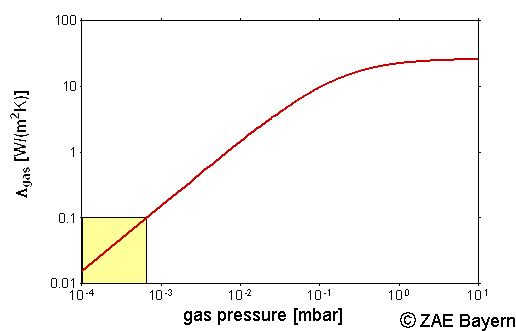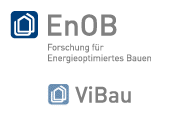Vacuum Insulation Glass: How VIG works
The heat transfer in conventional double and multi-glazing systems is caused
by the following mechanisms:
- thermal conduction through the gas between the panes and
- thermal radiation through the panes.
A third mechanism comes into play with vacuum insulation glass (VIG), namely
thermal conduction via the supports between the panes. The insulating efficiency
of a glazing system can be increased by reducing the effect of each of these
mechanisms. Non-evacuated glazing systems are filled with special gases (e.g.
argon or krypton) to lower the thermal conduction of the gas between the panes.
The thermal radiation between the panes can be considerably reduced by applying
IR-reflecting coatings (low-ε coatings). Replacing the air filling with
krypton and applying a low-ε coating with ε = 0.04
decreases the U
g-value of a double-glazing system by about 3 W/(m²K)
to approx. 0.9 W/(m²K). Lower U
g-values can be achieved,
for example, by added further insulating layers, such as with triple-glazing.
The considerable disadvantage of triple-glazing is the greater weight and higher
system thickness. A different approach is used for vacuum insulation glass:
The effective thermal conductivity of the filler gas is dependent on the gas
pressure and the gap between the panes. The graph below shows the thermal conductivity
coefficient of a 1 mm wide gap filled with air in dependence of the gas
pressure. Gas pressures of <10 - 3 mbar are needed to significantly
reduce the thermal conduction of the filler gas.
Theoretical U
g-values of approx. 0.15 W/(m²K) can be realized
with negligible filler gas thermal conductivities and efficient low-ε
coatings. Unfortunately, such evacuated systems require supports between the
panes, which represent thermal bridges which cannot be ignored. To ensure mechanical
stability, above all, the intervals between the supports must be kept to a minimum,
which is not optimal from a thermal point of view. Experiments have shown that
U
g-values of < 0.5 W/(m²K) for 9 mm thick
vacuum insulation glass with thermally optimized supports are possible.



